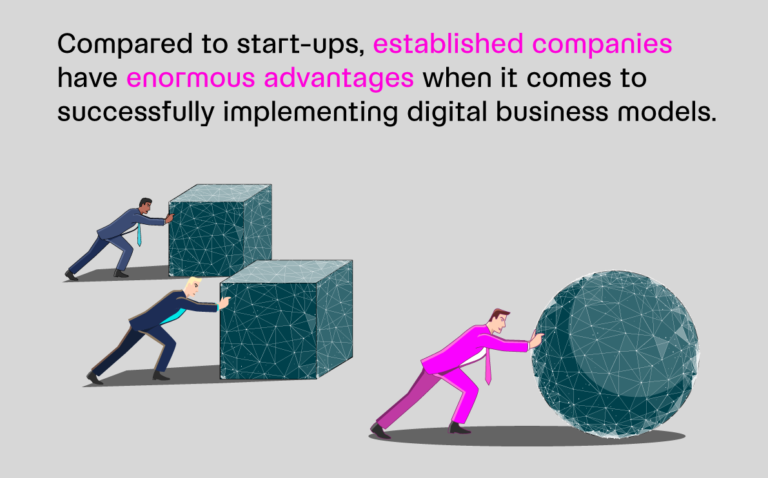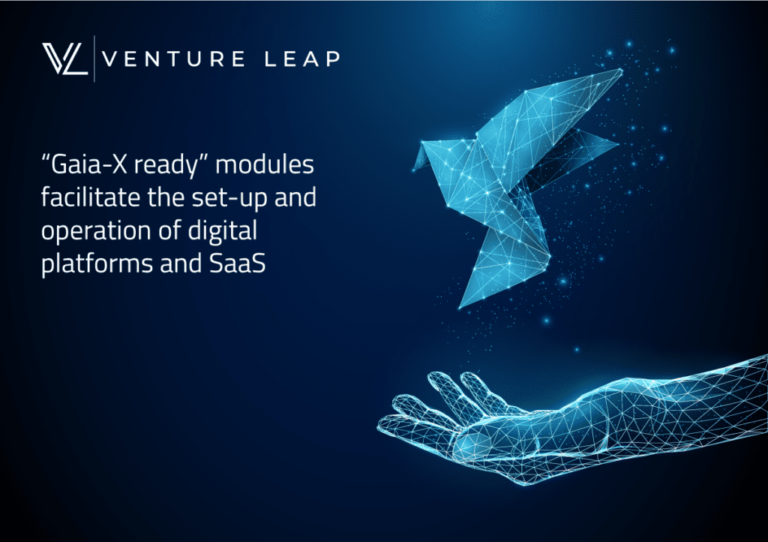How to go from an idea to an innovative solution you can implement across your company
Are you prepared to pursue the business idea you’ve been dreaming about? If so, you could be on to something, but now is also the time to tread carefully.
For every idea that becomes a successful digital product, there are countless more which never see the light of day. By far the most common mistake startup founders make is that they don’t start with the right things. Instead, they merely have an assumption about how to solve a problem. But without a deep understanding of the target customer and what they want, it’s near impossible to develop a product that will stand the trials of today’s competitive market.
The quest for perfection means failure
Another common mistake is trying to get everything right the first time round. It might come as a surprise, but the quest for perfection is one of the biggest killers of innovation. In the digital world, things move quickly, adapting and evolving in line with consumer habits and to address new and emerging challenges.
For example, Uber didn’t launch as a global ride-sharing app supporting automated credit card payments, fair splitting, and live-tracking of drivers. As first, it was only a very simple mobile interface used by a select group of people in San Francisco. Yet it also provided a useful function – it was a minimum viable product (MVP) that provided genuine value to its users.
Since then Uber, just like other well-known innovators like Airbnb, Facebook, and Dropbox, have expanded their feature portfolios to become world-recognized brands in their respective industries. But what they all have in common is that they turned an idea into an MVP after very little time before iteratively improving upon them in the years that followed.
So, here are the key steps to turn a bright idea into a product that offers real value:
Understand your goals to create a common vision
The first step is to validate your idea by understanding your goals. Many business ideas start off as sparks of the imagination which don’t even have a clear goal in mind. That’s fine, but it won’t help you get to the next stage, which is turning your idea into a concept and validating it in a real-world scenario. Armed with a thorough understanding of your goals, you can make necessary adjustments to your product vision and prioritize where to invest in development.
One of the best ways to start is with a user story. In agile software development, a user story is a single, concise sentence written in plain English that describes the benefit of a particular feature from the perspective of the intended user. From this, you can define a common vision and derive the various milestones needed to develop an MVP.
Build and improve your MVP based on feedback
Ideas can be intoxicating, and enthusiasm infectious. But one of the biggest mistakes you can make is spending months behind closed doors bringing your vision to life only to find it falls flat on its face as soon as you launch it. It’s something that’s happened time and again with many ambitious projects, and it’s also the reason why most startups don’t survive beyond their first year in business.
Every MVP is a product of a feedback loop that creates real value by implementing a feature, collecting feedback, and incrementally rolling out improvements based on that feedback. This may sound overly simplistic, but it’s a game changer in many industries, simply because every important decision is made based on the feedback of potential users. As you work through the repeated iterations of the build-measure-learn process, your MVP will incrementally become a more richly featured and valuable product.
Final words
While the MVP strategy isn’t appropriate for all projects, it’s ideal for use in fast-moving, high-risk environments. There’s simply no better way to test and validate a completely new idea, especially when you don’t have a deep knowledge of end user needs and the market overall.
At Venture Leap, together, we define a product vision and start every new project with an MVP that delivers the core functionality and brings instant benefits to the new customers.

Dr. Daniel Werner –
Co-Founder Venture Leap
Let’s talk about your project!
At Venture Leap, we help entrepreneurs realize their vision – Let’s chat about how you can go from an idea to a marketable MVP in 3 months!




